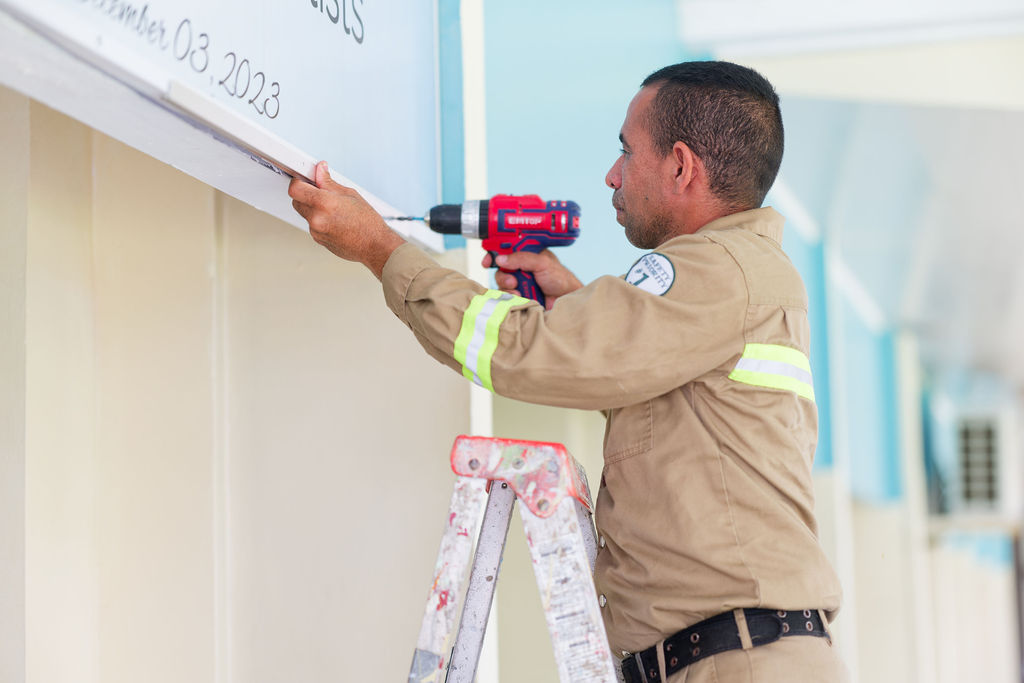
The facilities and Engineering Department ensures the hospital runs safely and efficiently around the clock. With a dedicated team and a “we get it done” attitude, we maintain the building, systems and environment, to support exceptional patient care.
1. Building Maintenance and Operations
- Routine Maintenance: Regular inspection and maintenance of the hospital’s infrastructure, including HVAC systems, electrical systems, plumbing, and elevators. This ensures that all systems are operating efficiently and reduces the risk of unexpected breakdowns.
- Emergency Repairs: Swift response to urgent repairs needed for critical systems to ensure minimal disruption to hospital operations and patient care.
2. Safety and Compliance
- Regulatory Compliance: Ensuring that the hospital complies with health and safety regulations, building codes, and other legal requirements. This includes regular inspections and updates to maintain compliance with standards set by bodies like OSHA and the Joint Commission.
- Safety Protocols: Implementing and managing safety protocols, including fire safety systems, emergency preparedness plans, and infection control measures.
3. Infrastructure Development and Improvement
- Renovations and Upgrades: Overseeing construction projects for new facilities, expansions, or renovations. This involves planning, coordinating with contractors, and managing budgets to enhance the hospital’s infrastructure.
- Facility Planning: Collaborating with hospital administrators to design and plan new spaces or modify existing ones to improve functionality and patient experience.
4. Energy Management
- Sustainable Practices: Implementing energy-efficient systems and practices to reduce the hospital’s environmental footprint and operational costs. This includes optimizing lighting, heating, and cooling systems.
- Utility Management: Monitoring and managing the use of utilities such as water, electricity, and gas to ensure efficient usage and cost-effectiveness.
5. Equipment and Systems Management
- Equipment Maintenance: Ensuring that hospital equipment, including medical devices, is maintained and serviced according to manufacturer guidelines to ensure reliability and safety.
- System Integration: Managing and integrating various systems within the hospital, such as nurse call systems, security systems, and building management systems, to streamline operations and improve efficiency.
6. Environmental Services
- Cleaning and Sanitization: Overseeing the cleaning and sanitization of hospital facilities to maintain a sterile environment, prevent infections, and ensure a clean and welcoming atmosphere for patients and staff.
- Waste Management: Managing the disposal of medical and non-medical waste in accordance with regulations to ensure safety and environmental responsibility.
7. Project Management
- Coordination: Coordinating with various stakeholders, including hospital administrators, construction teams, and regulatory bodies, to manage projects efficiently.
- Budgeting and Reporting: Handling budgets for maintenance, repairs, and capital projects, and providing regular reports on departmental performance and project status.
The Facilities and Engineering Department is integral to the smooth operation of a hospital, ensuring that the physical environment supports the delivery of high-quality patient care and meets the necessary health and safety standards.

